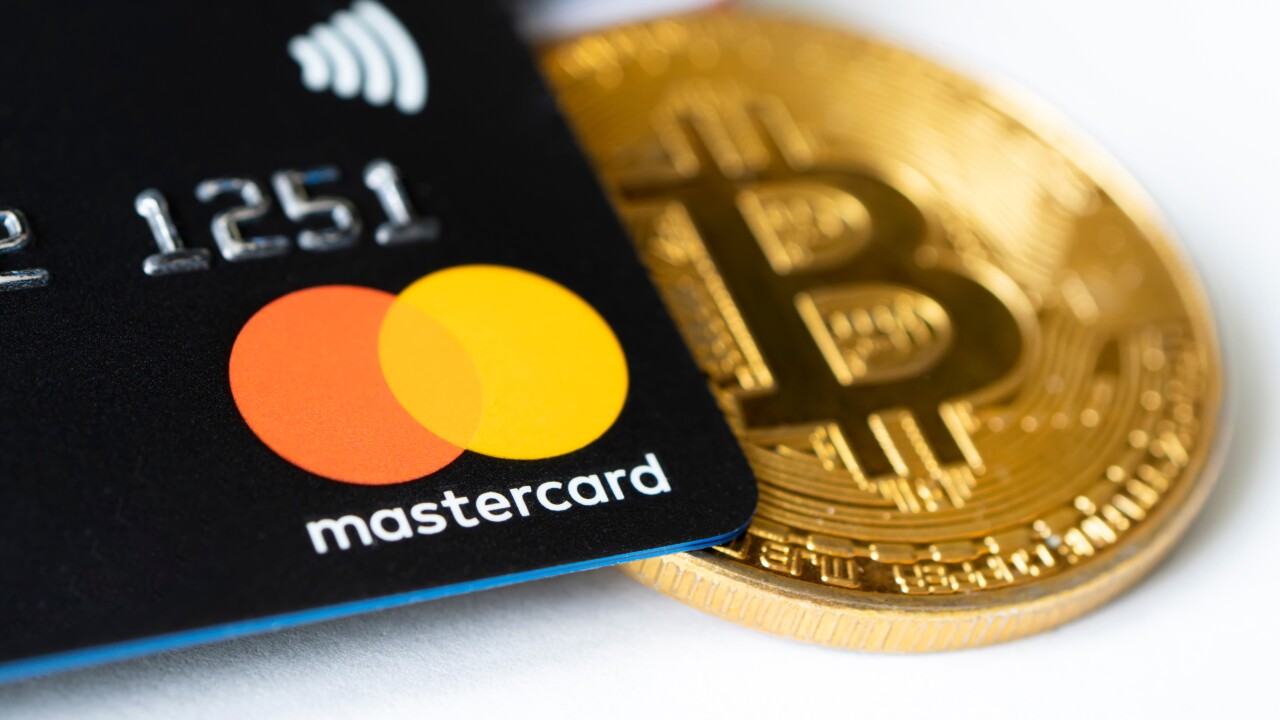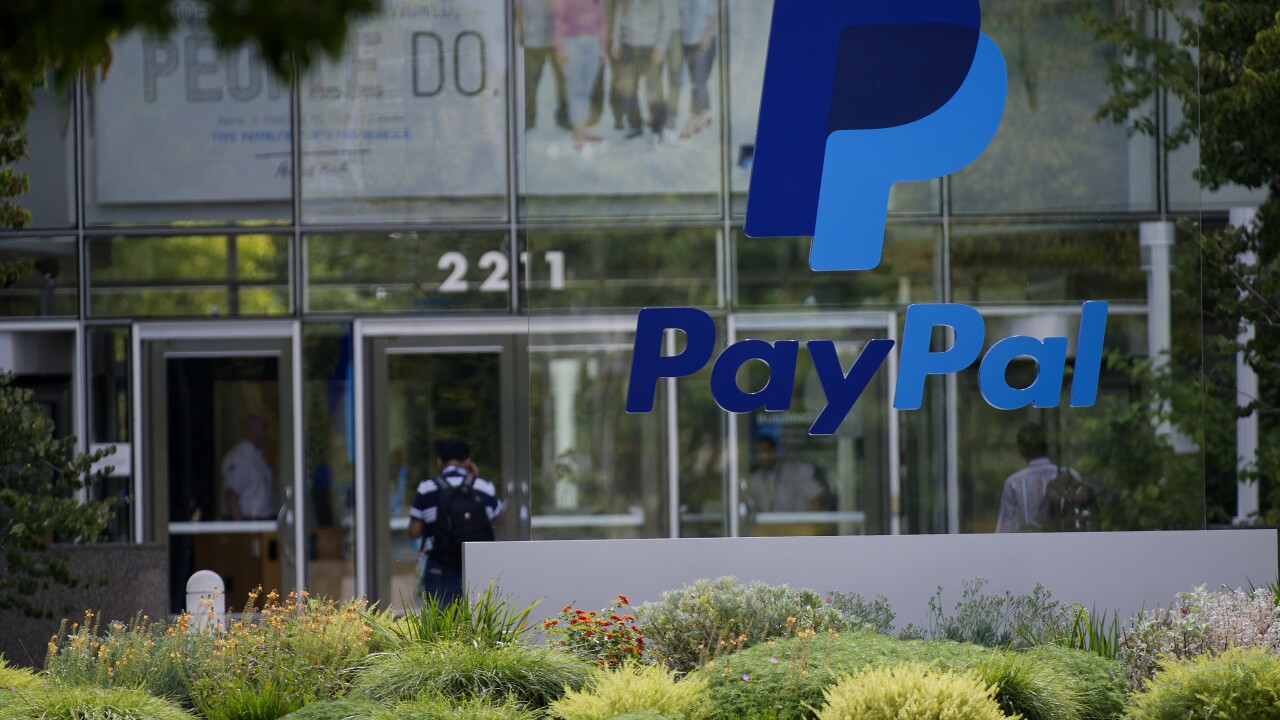Stablecoins
How are banks approaching dollar-backed digital assets (stablecoins)?
Stablecoins have moved from the edge of the
Banks are testing stablecoins for cross-border payments, liquidity management, and digital wallets. Some are also exploring how stablecoins can support interbank transactions or be issued directly by regulated institutions. As the landscape takes shape, stablecoins are starting to look less like an experiment and more like infrastructure.
-
Legislation enabling new banklike stablecoin issuers would create direct competition for deposits, with small U.S. banks in the most danger. Where is the pushback from the industry?
June 13 Roosevelt Institute, Georgia State
Roosevelt Institute, Georgia State -
Digital assets have never caught on for mainstream payments, but the card network isn't giving up hope. Its latest effort aims to reduce complexity by learning from the successes of digital wallets.
June 10 -
Traditional financial institutions have much to gain from collaboration with digital asset natives — and vice versa. It's time to realize that potential.
June 3
-
Shan Hanes, who led Heartland Tri-State Bank in Kansas until it failed last year, pleaded guilty to one count of embezzlement by a bank officer. He now faces up to 30 years in prison. He is scheduled to be sentenced on Aug. 8.
May 30 -
Payment firm BVNK is betting that PYUSD's potential to connect to PayPal's network of millions of consumers and businesses will make it more than another investment currency.
May 30 -
The Securities and Exchange Commission's overly broad expansion of the Dealer Rule is only the latest example of the agency's yearslong effort to stifle innovation in a vibrant and growing industry.
May 29
-
The SEC's pending requirement that securities trades settle within one day shouldn't be a problem for any modern financial firm. What we should be aiming for is real-time settlement.
May 23
The first three months of the year coincide with the start of President Donald Trump's second term in office. Investors are likely to be more interested in banks' outlooks amid swings in tariff policy than the first-quarter results.
Frequently Asked Questions:
How are banks approaching dollar-backed digital assets (stablecoins)?
Stablecoins have moved from the edge of the crypto, world to the center of policy and banking conversations. As regulators and banks weigh their role in payments, settlement, and reserves, this page follows the developments — from early pilots to proposed legislation.
Banks are testing stablecoins for cross-border payments, liquidity management, and digital wallets. Some are also exploring how stablecoins can support interbank transactions or be issued directly by regulated institutions. As the landscape takes shape, stablecoins are starting to look less like an experiment and more like infrastructure.
Why are banks paying attention to stablecoins?
Stablecoins are increasingly viewed as a potential upgrade to legacy payments systems. Banks are evaluating them for settlement, remittances, cross-border transactions, and tokenized deposit models.Are banks issuing their own stablecoins?
Some are exploring the option. Institutions like JPMorgan (with JPM Coin) and new entrants like PayPal are piloting bank-issued stablecoins, while others are watching regulatory developments before moving forward.How do stablecoins impact compliance and risk?
Issues include KYC/AML enforcement, cybersecurity, operational risk, and how reserve assets are held and reported. Banks exploring stablecoin activity must weigh both technological benefits and regulatory scrutiny.How are regulators responding to stablecoin innovation?
Congress is debating stablecoin-specific bills focused on reserve backing, issuer licensing, and oversight. The Federal Reserve, OCC, and state regulators are also shaping how bank involvement in stablecoin activity is supervised.How are banks using stablecoin?
Banks are using stablecoins to speed up cross-border payments, manage liquidity across global branches in real time, and test new forms of settlement between institutions. Some are integrating stablecoins into retail-facing digital wallets, while others are exploring interbank networks built on tokenized payments. These efforts are less about crypto speculation and more about making money move faster, with greater transparency and fewer intermediaries.- Real-time cross-border payments
- Internal liquidity management
- Retail-facing digital wallets
- Interbank tokenized payment networks
Top banks investing in stablecoin
List of institutions with greatest investment in stablecoin:- JPMorgan Chase – JPM Coin
- Custodia Bank – Avit Tokens
- Citigroup - Citi Token Services
- Societe Generale - USD CoinVertible
- Bank of America - Name yet to be released
- Fifth Third - Name yet to be released
- U.S. Bancorp - Name yet to be released






